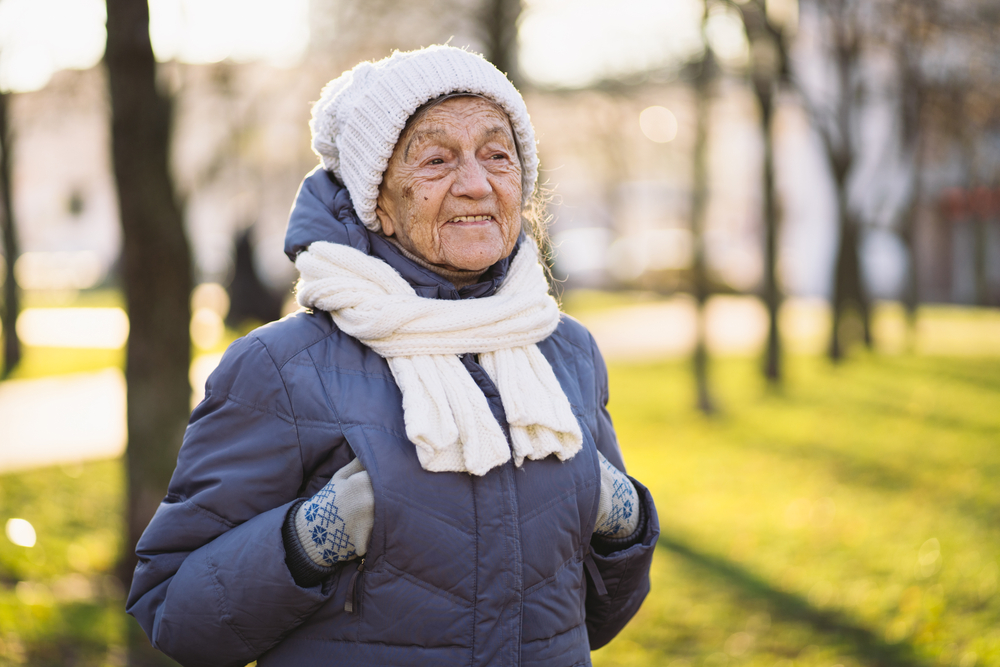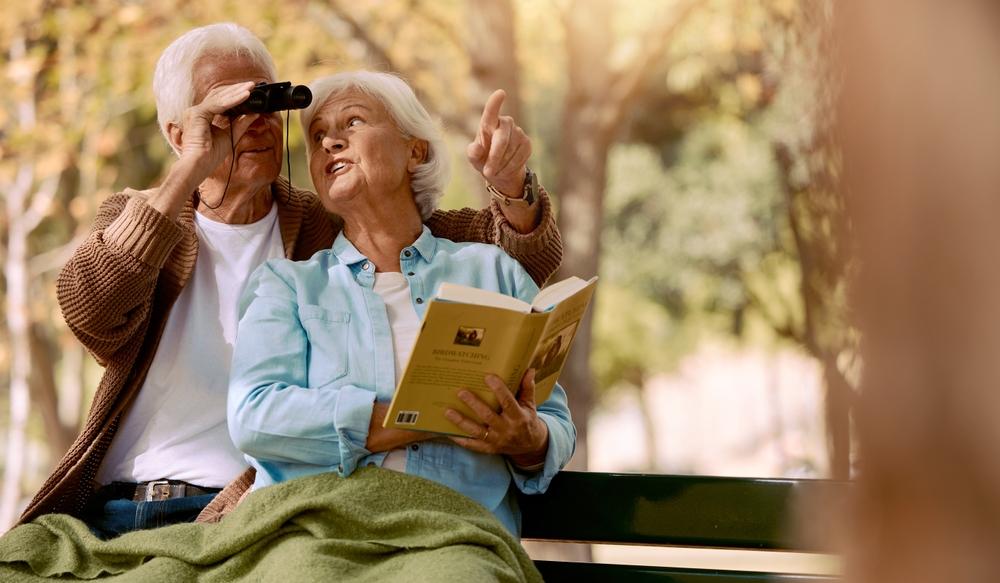 March 14, 2023
March 14, 2023
Staying physically active can become more challenging as the weather gets colder, especially for seniors. It’s well known that the change in weather can lead to seasonal depression in some, while cold weather can exacerbate certain physical conditions – such as arthritis – in others. The choice to remain active despite the changes is a tough one that can easily be accomplished with some creativity.
While physical activity is never a one-size-fits-all, there are some general guidelines that everyone can find beneficial. As we focus more on our physical well-being, it’s always important to remember our minds and bodies work hand-in-hand to keep us going. Therefore, we must be mentally motivated to get the most out of being physically active.
Our tips below will touch on all aspects of being physically active. Let’s get moving!
Choose the Right Activities
The biggest concern during the colder months is finding activities that fit the current weather. It’s not always possible to do the more enjoyable outdoor activities our loved ones find most stimulating.
There are still many activities they can engage in which ensure their body remains physically active. These activities range from basic indoor strength training to hiking and various winter sports. It is never a question of what activities your loved one chooses but rather what activities their bodies can handle.
Knowing their strengths and limitations is extremely important when planning daily physical activities. If your loved one can handle a casual walk during the warmer months, chances are they can still handle that in the winter as well – providing they plan their wardrobe and safety accordingly. If your loved one isn’t able to be physically active or you are concerned for their safety in conditions such as ice, snow, or cold, choosing indoor activities can be just as fun.
Indoor activities can range from online strength training to having a daily yoga routine. Exercise can happen in a variety of ways and doesn’t require any expensive equipment if your loved one doesn’t already have some in their home. Staying active doesn’t mean you must spend money or even venture outside. All that matters is you get up and move.
Dress Appropriately
You should encourage your loved one to venture outside safely and confidently. Just like with any weather, you must assess what is happening outside the front door, including the chances of rain, snow, or ice and temperature levels.
If it is sunny outside, but the temperatures are cold, ensure your loved one has the appropriate number of layers – including gloves, hat, and scarf – based on their personal body temperature regulation needs. It’s always best to bundle them up too much than not enough. After all, we can always take off layers, but we can’t put any extras on if we are out and about.
If you know your loved ones will need multiple layers but are stubborn about putting them on, bring those extra layers with you to coax them into it as you participate in your outdoor activity. As always, the main objective is to ensure they remain active.
Motivation is Key
A lack of motivation is one of the biggest challenges to remaining active when colder weather hits. Everyone struggles to find the energy to do anything but cuddle under blankets and hide away from the world.
Our aging loved ones are no different, which means the factors motivating them are the same as ours. Find them a friend they can participate in activities with; that way, they hold each other accountable. Everything is more fun when done with a partner or friend.
Give them something to look forward to that will encourage them to get up and move. Things such as another activity that they may want to do more or make the movement activity a game or fun challenge. Anything that will encourage your loved one to want to get up and stay active.
Safety First
Above all else, these tips won’t mean anything if your loved one isn’t safe doing the activities we suggest. You should always be keenly aware of the environment around them and possible safety hazards.
Being active doesn’t do your loved one any good if they end up putting themselves in potentially harmful situations to do it. Always look for slipping, tripping, and falling hazards, such as icy and snowy surfaces during colder months. Remember that the ground isn’t the only surface where ice and snow can create hazards – handrails and door handles incur the same issues.
As long as you always put the safety of an activity first, you and your loved one will be able to remain active and excited about life, even during the coldest of months.
Cold weather doesn’t mean your loved one has to stop engaging in the world around them. There are so many fun and creative ways you can encourage them to keep their minds and bodies moving. If you are still unsure of ways you can help your loved one stay active, Accessible Home Health Care can be your guide. Contact us today for assistance.



